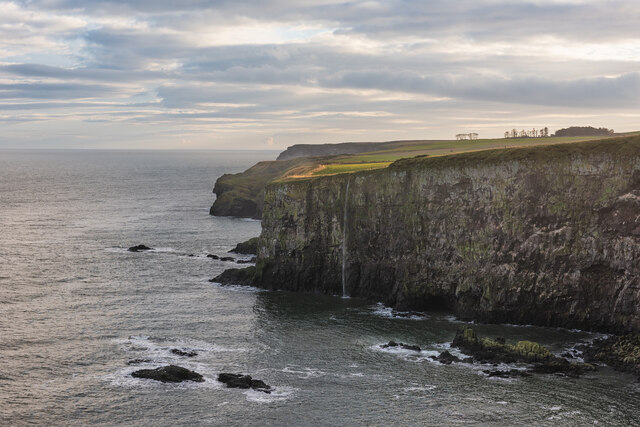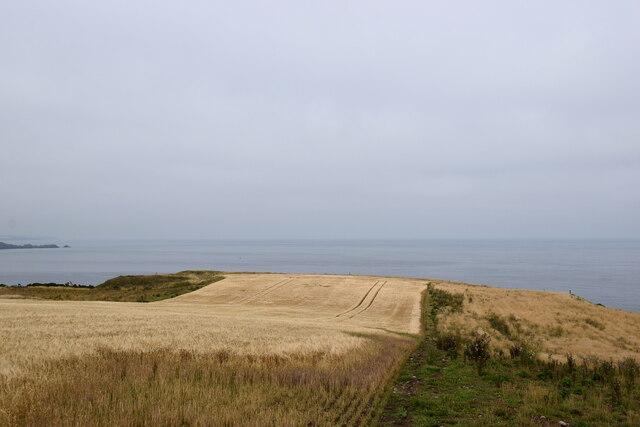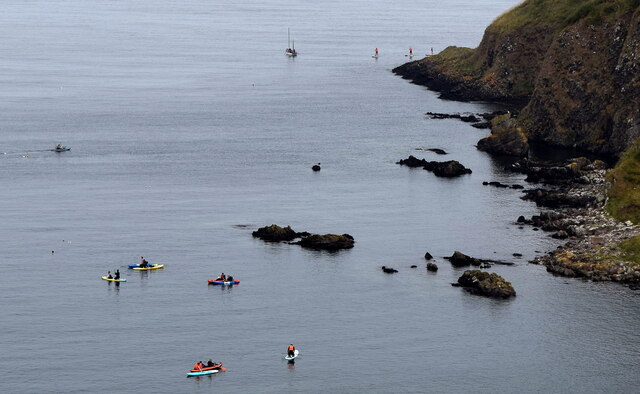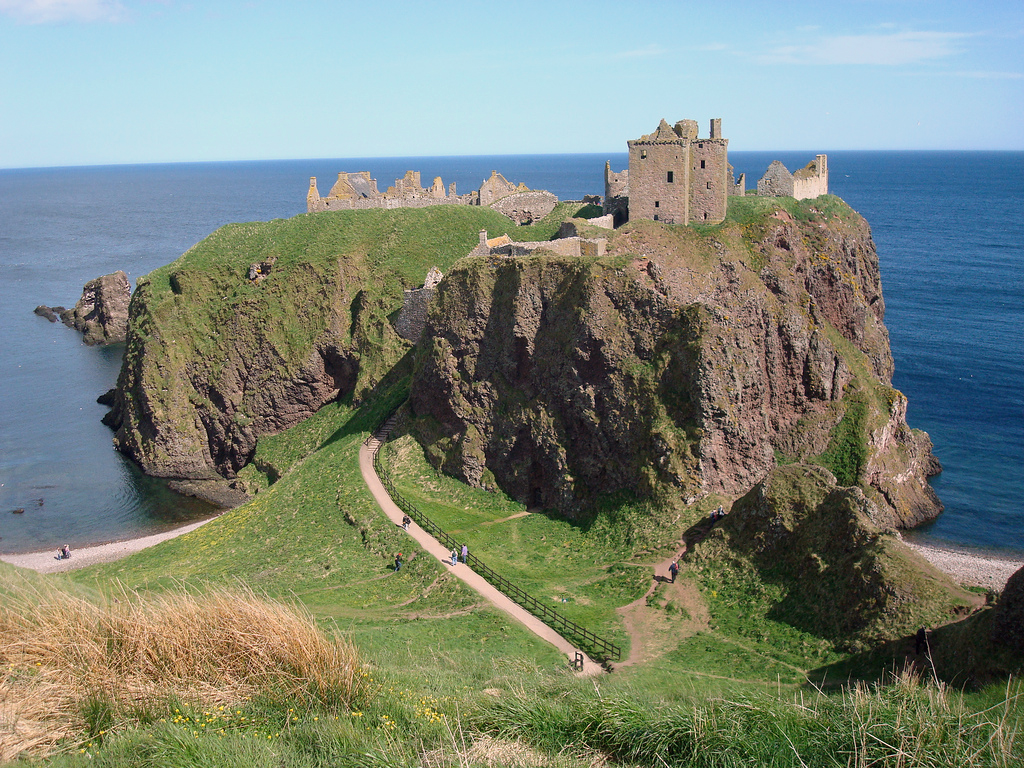Dunnottar Castle
Heritage Site in Kincardineshire
Scotland
Dunnottar Castle
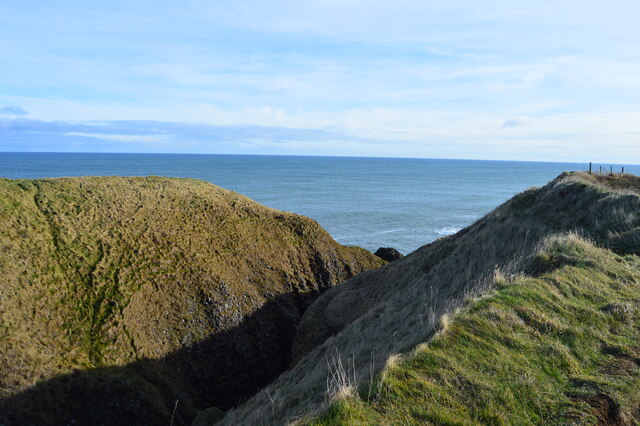
Dunnottar Castle is a historic fortress located on a dramatic cliff-top setting in Kincardineshire, Scotland. Perched atop a rugged headland overlooking the North Sea, it is considered one of the most iconic and picturesque castles in the country. The castle's strategic position provides breathtaking views of the surrounding landscape.
Dating back to the Early Middle Ages, Dunnottar Castle has a rich and fascinating history. It served as a defensive stronghold, protecting the northeastern coast of Scotland from invasions during various periods of conflict. The castle witnessed significant events, including the battles between the Scottish and English armies, during which it played a vital role in shaping Scotland's destiny.
The castle's architecture is a blend of different styles and periods, reflecting its long history and the multiple modifications it underwent over the centuries. The surviving structures include the 14th-century tower house, the 16th-century palace complex, and the 17th-century additions. Visitors can explore the various rooms, including the grand hall, chapel, and several chambers, offering a glimpse into the castle's past.
In addition to its historical significance, Dunnottar Castle is also renowned for its dramatic appearance. The cliffside location, surrounded by sheer cliffs and crashing waves, creates a truly awe-inspiring atmosphere. It has been a popular filming location for movies and television shows due to its striking beauty.
Today, Dunnottar Castle is a popular heritage site, attracting visitors from around the world. Guided tours provide insights into its history, and visitors can wander through the castle's grounds, admiring the stunning views and imagining life within its ancient walls.
If you have any feedback on the listing, please let us know in the comments section below.
Dunnottar Castle Images
Images are sourced within 2km of 56.943/-2.188 or Grid Reference NO8883. Thanks to Geograph Open Source API. All images are credited.






Dunnottar Castle is located at Grid Ref: NO8883 (Lat: 56.943, Lng: -2.188)
Unitary Authority: Aberdeenshire
Police Authority: North East
What 3 Words
///families.pranced.pocket. Near Stonehaven, Aberdeenshire
Nearby Locations
Related Wikis
Dunnottar Castle
Dunnottar Castle (Scottish Gaelic: Dùn Fhoithear, "fort on the shelving slope") is a ruined medieval fortress located upon a rocky headland on the north...
Bowdun Head
Bowdun Head is a headland landform on the North Sea coast approximately one kilometre south of Stonehaven, Scotland.(Ordnance Survey, 2004) Slightly to...
Dunnicaer
Dunnicaer, or Dun-na-caer, is a precipitous sea stack just off the coast of Aberdeenshire, Scotland, between Dunnottar Castle and Stonehaven. Despite the...
Thornyhive Bay
Thornyhive Bay is an embayment along the North Sea coast in Aberdeenshire, Scotland. This bay is situated approximately 2.5 miles south of the town of...
Nearby Amenities
Located within 500m of 56.943,-2.188Have you been to Dunnottar Castle?
Leave your review of Dunnottar Castle below (or comments, questions and feedback).

